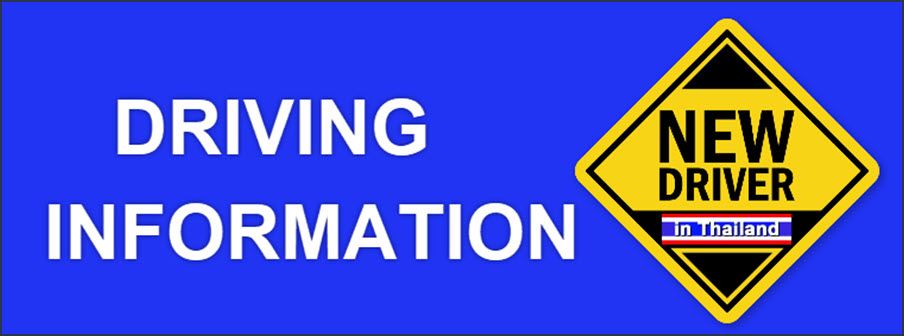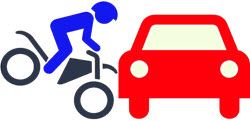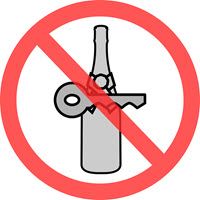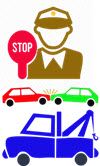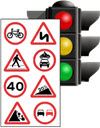|
- Home
- LIVING IN THAILAND
- DRIVING/VEHICLES
- Information for Drivers
|
Motorcycles Be Alert & Cautious
| Motorbikes are the main form of motorized transportation throughout Thailand - They are everywhere. Thais on motorcycles generally do not follow any rules of the road. Unfortunately, you will also see some foreigner mimicking this behavior. Many Thai operators do not have driving licenses. It is very common to see young children operating motorbikes, completely ignored by the traffic police even though it is obvious they are underage for operating any motor vehicles in Thailand. |
Most traffic accidents and fatalities involve motorcycles. The British foreign office also notes that motorcycle accidents are the leading cause of fatalities for British citizens visiting Thailand. They will often ride in lanes opposing traffic, zip out of side roads onto the main streets without looking, jump or ignore traffic signals, and even be driven on the sidewalks. Before
turning or changing lanes, always look in your side rear view mirrors
as motorcycles will often be within your turning radius when making a
turn or approaching fast with the intent of passing you - on the right
or left as you are about to make a turn. |
PENALTIES FOR DRUNK DRIVING
| Thailand's legal blood-alcohol limit for drivers is 0.5 grams per liter of blood, and if on less than a five year license, the limit is 0.2 grams per liter of blood. Under Thai law, drunk drivers can face fines of up to 200,000 baht and/or 10 years in jail plus suspension or revocation of their driving licenses. In Pattaya, the Police will set up checkpoints with breathalyzer equipment. If you are driving and test over the limit, you will be jailed until you can be taken for a court appearance, which will be on the next weekday unless it is a holiday.
|
Rules of the Road or Lack Thereof
| Many Expats say there are no rules of the road and that Thai drivers do as they please. Although there are drivers here, as in other countries, that ignore traffic laws, there are also many that obey them - otherwise, you would have total gridlock, especially in the larger cities. Although Thailand has many traffic laws, they are either seldom enforced or are selectively enforced, which is probably the reason so many ignore them. |
Traffic Police, Accidents, & Breakdowns
| When driving in Thailand, you will most likely encounter:
|
Roads, Traffic Signs, & Signals
| Major roads and highways are such that driving them is not a problem and can get you to most places you would wish to go. The majority of roads are paved, most of which are in good condition - but always be alert for potholes - especially during and just after the rainy season (mainly June through September). Traffic signs on major roads and highways follow the International convention and on major roads and highways are in both Thai & English. Speed limit signs on other than the motorways are few and far between. |
Also, traffic lights do not always have a yellow light. In those cases, a flashing green light means it is about to change to red. Also, if the traffic signal has green arrows for turning, then no turn can be made unless a green arrow (Right or Left) is showing. |
Road Maps, Directions, & GPS
| Most highways are numbered and have signs along the highway. However, on some rural roads, the signs may be few and far between. |
Often
you can reach your destination faster if you plan your route to avoid
two lane roads. Also, although the distance may be further, taking
motorways/toll roads a faster trip as well as being safer. |
Find us on: |

